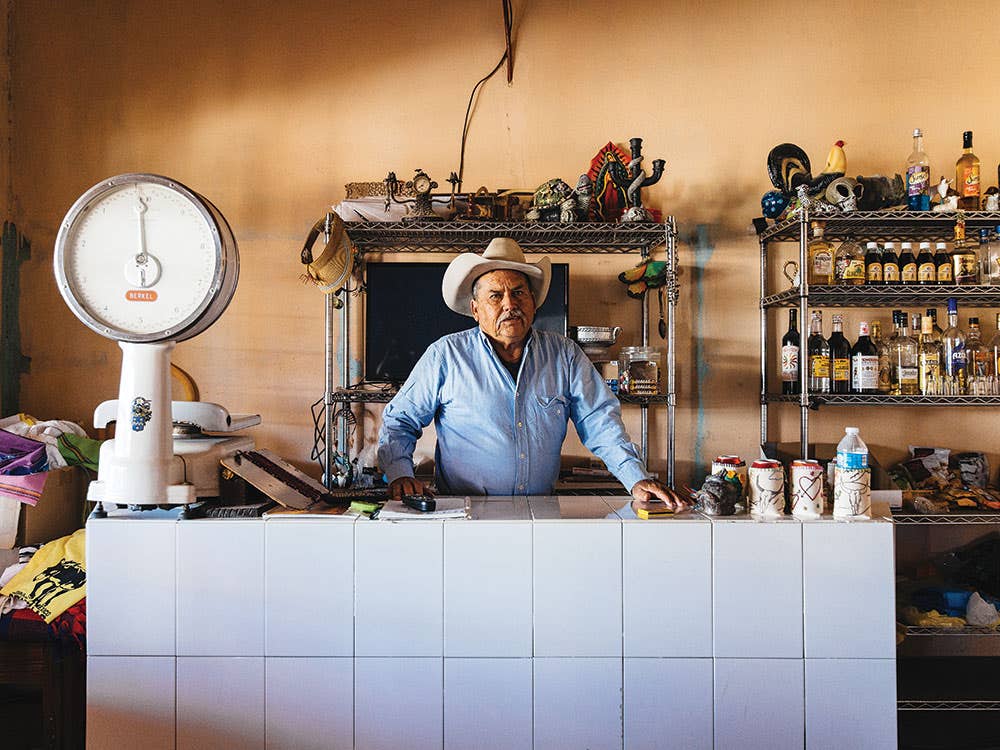
Life at the Two-Restaurant Town on the Mexican Border
Welcome to Boquillas del Carmen, population 300, that you visit by rowboat across the Rio Grande—unless Washington’s border policies change everything (again)
The best way to cross the border to Boquillas del Carmen is aboard the Boquillas International Ferry—a $5 round-trip rowboat ride. A village of about 300, Boquillas is on the south side of the Rio Grande, nestled inside Big Bend National Park, which straddles the Mexican-American border. There are signs at border control discouraging swimming, but some tourists wade through the green water on hot days.
After September 11, the crossing here closed. Until then, this stretch of border had always been fluid, devoid of checkpoints. Tourists seeking tacos at the town’s single restaurant and tequila at its only bar entered freely, and Boquillas residents could run errands in Rio Grande Village (the nearest Mexican town, Santa Rosa de Múzquiz, is 160 miles away). When the United States sealed this corridor, Boquillas, which depended almost solely on American tourism, changed overnight.
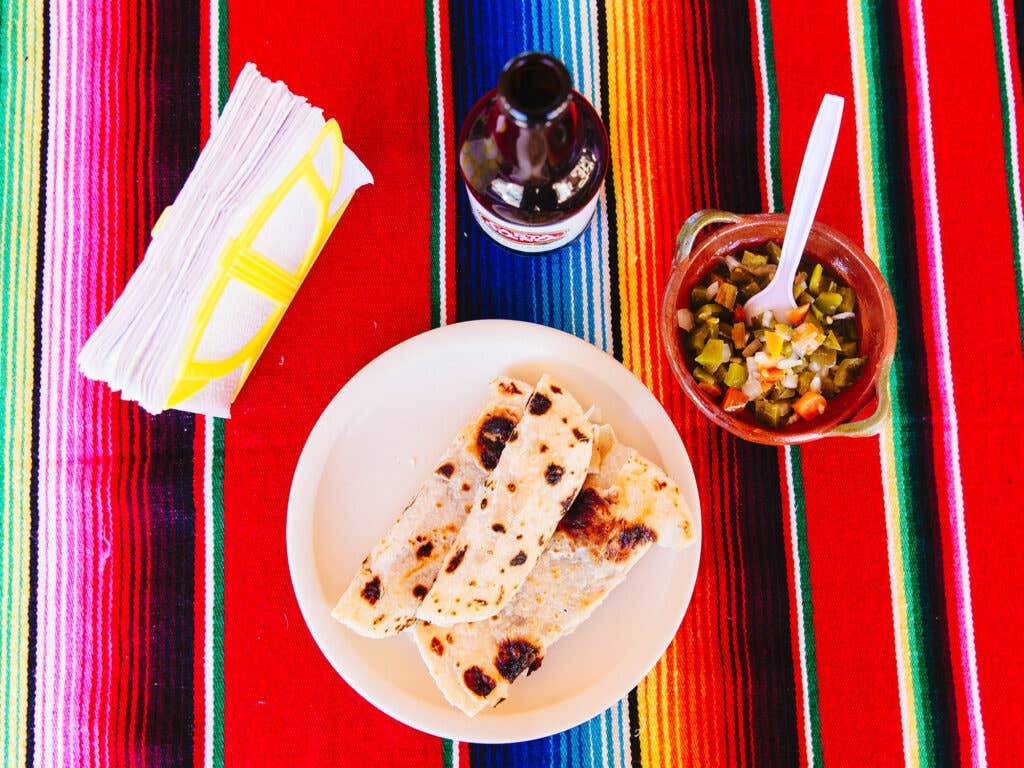
The town’s original restaurant, José Falcon’s, opened in 1973. When its owner and namesake died in 2000, his wife, Ofelia, and daughter Lilia took over, serving a small menu of tacos and burritos made with this region’s ubiquitous chewy, fresh tortillas filled with meat, cheese, green salsa, and the occasional diced tomato or potato.
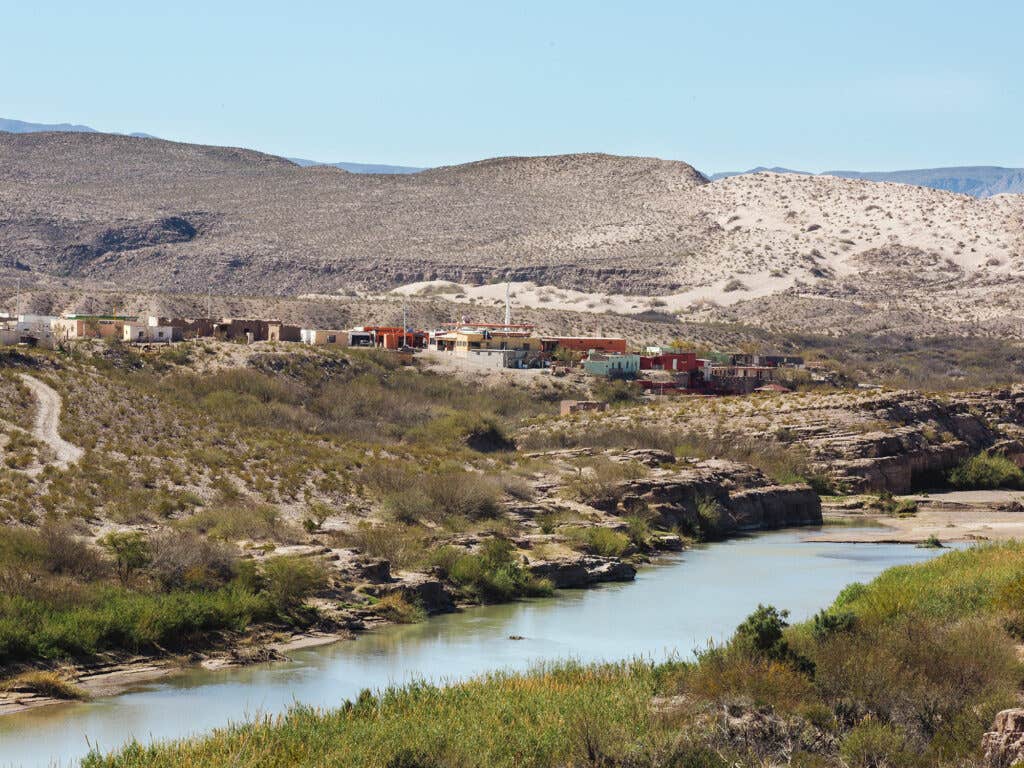
At Falcon’s, locally made beaded jewelry and painted ceramic bowls are for sale, and tables are draped in hues of blue. A framed, weathered photo of José hangs over the cash register. Lilia watches her daughters take orders. Nearly every table is full, and residents reminisce about crossing without security, and the propane trucks that would arrive daily to power refrigerators keeping their beers cold.
“When the border closed, I remember seeing my mom pack the blankets and onyx figures that she and my dad sold here,” Lilia says. “It’s still very hard to think about that day.”
She was no longer able to cross into the U.S. to buy ingredients, and her American customers disappeared. Eventually the restaurant closed, and for 11 years, the town was suspended in a sort of limbo. Its 50 families dwindled to four. Some went to Santa Rosa de Múzquiz to the southeast, and others left for the U.S. to look for work. They didn’t know when, if ever, the border would reopen.
But in 2013 it did, and Lilia’s staff was ready. The work still isn’t easy—once a week she makes the 160-mile drive on a dirt road to Múzquiz to buy basics like eggs and soap—and the present border fluidity feels precarious, but for now, the town has settled back into its routine.
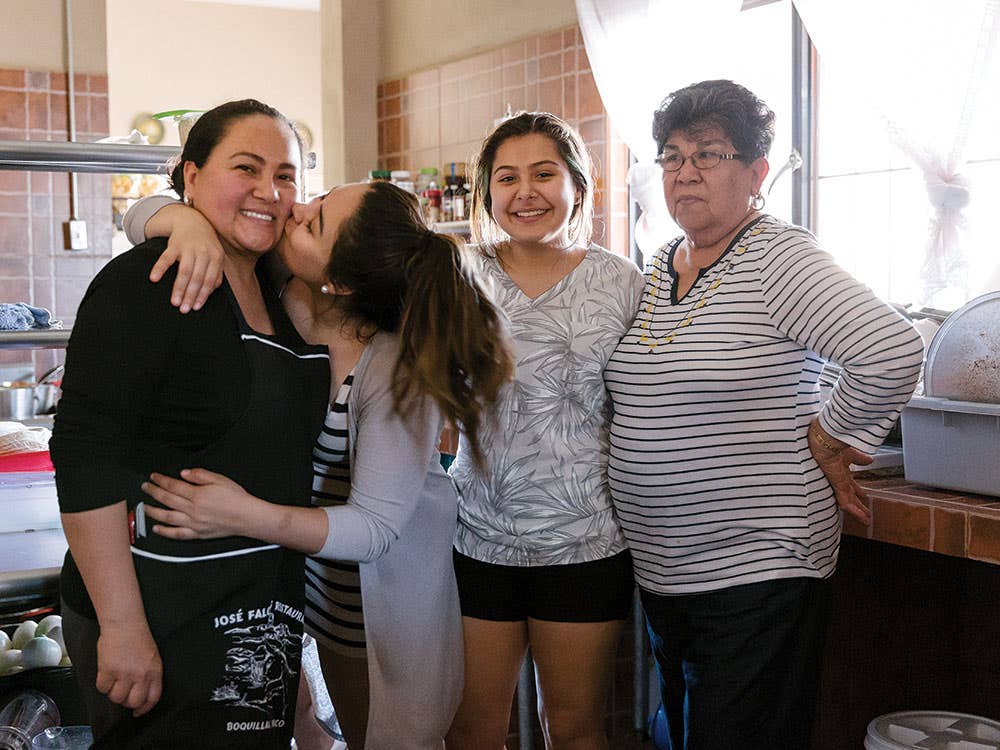
Families have returned, and just past the bar, the church, and a few brightly colored homes, a small garden of solar panels has been installed. Financed by the World Bank in 2015, the panels introduced permanent electricity to Boquillas, allowing the Falcons to run a refrigerator for the first time without propane.
At Park Bar, a Spanish singer croons over crackly speakers and bartender Miguel Valdez chats with customers. Valdez is one of the town’s two ambulance drivers. The town judge is the other.
“Everybody who left started to return, and the town came back to life,” Max, a Boquillas resident, recalls. “Kids born when the border was closed were shocked by the newcomers in their tiny town. They had never seen a gringo before.”
The future is still uncertain, though. Max, like other locals, is worried about the border closing again. “If it does happen, everyone will leave,” he says. “Our economy is tourism.”
More Scenes From Boquillas
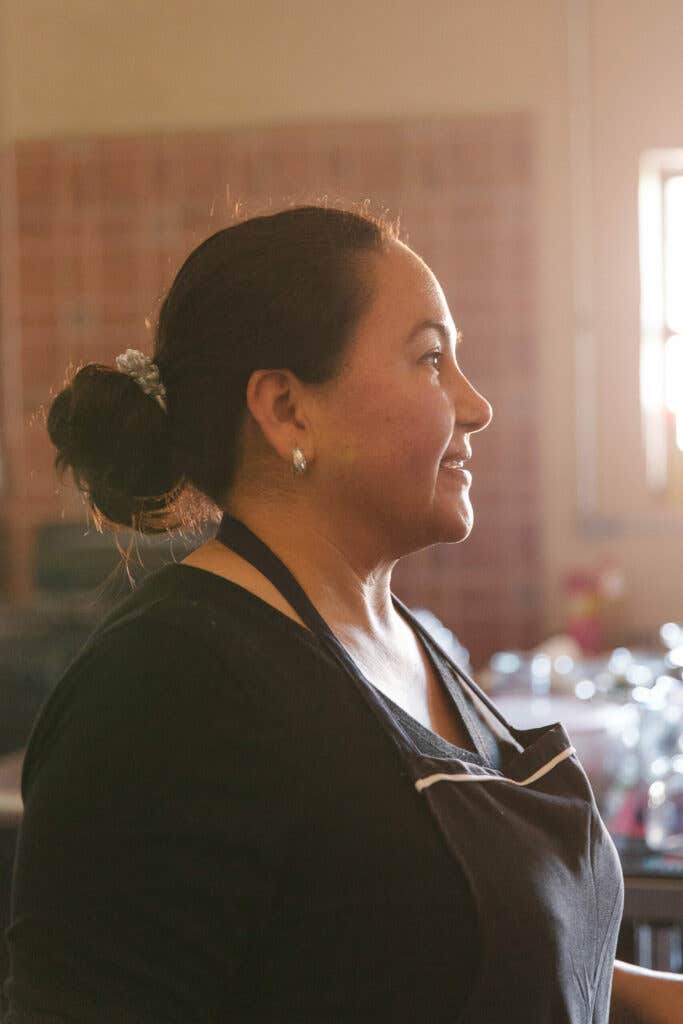
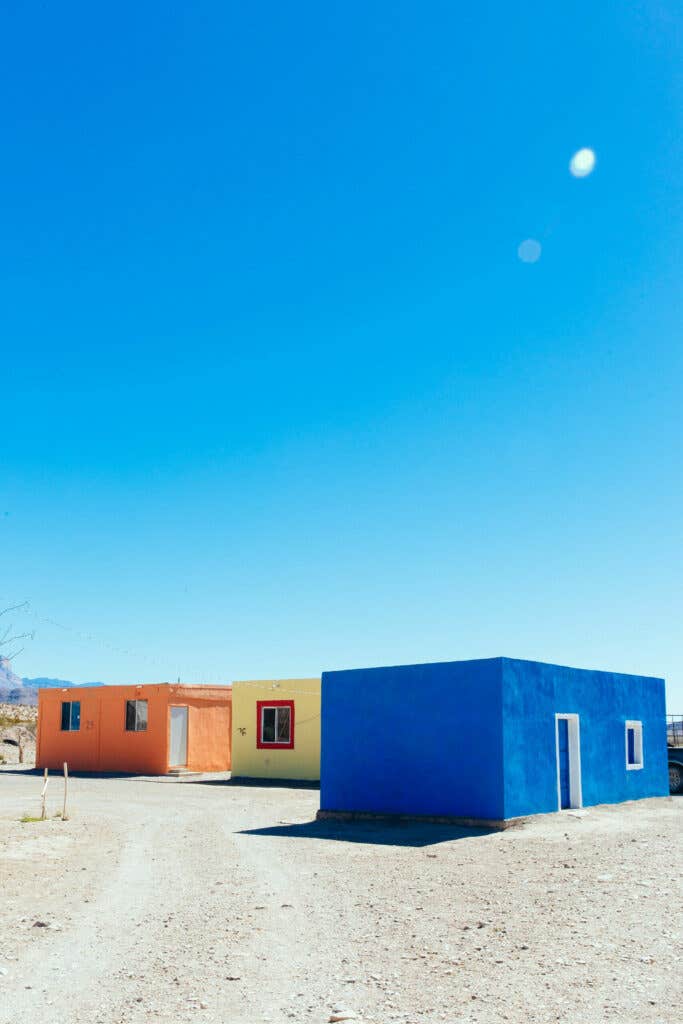
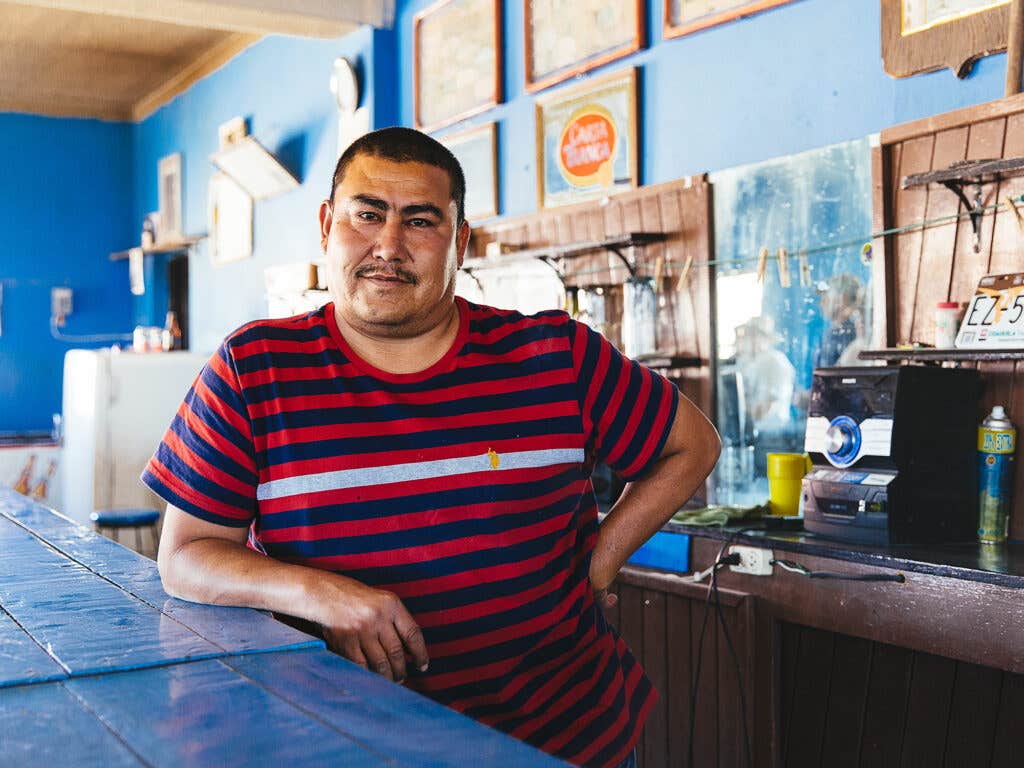
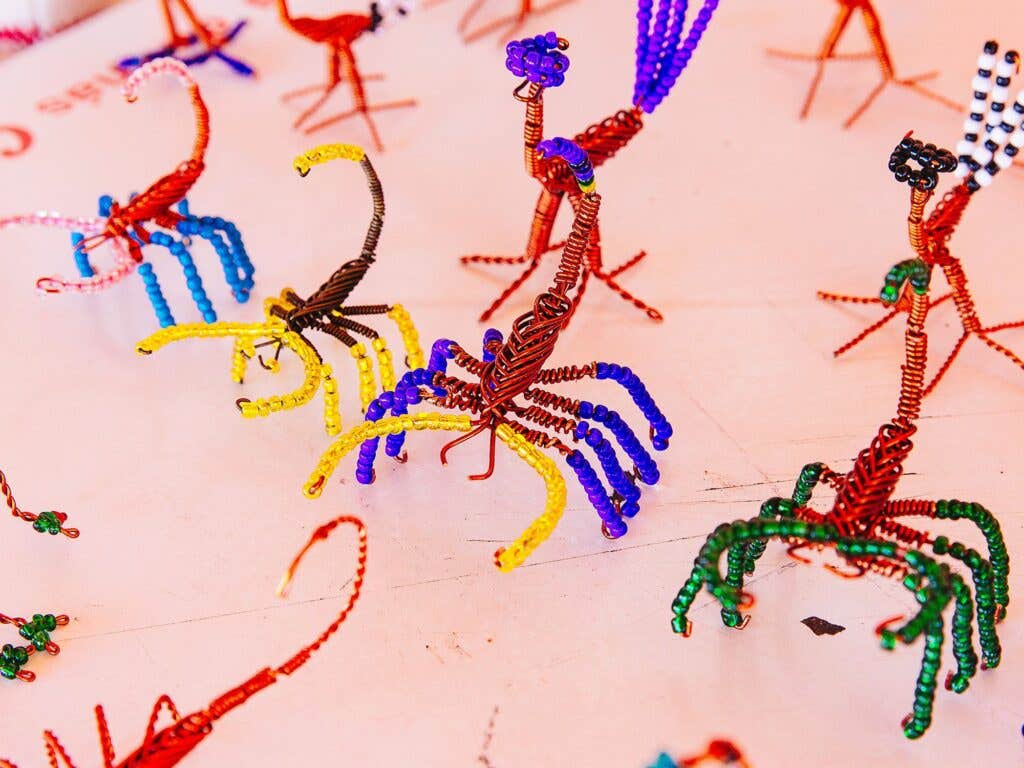
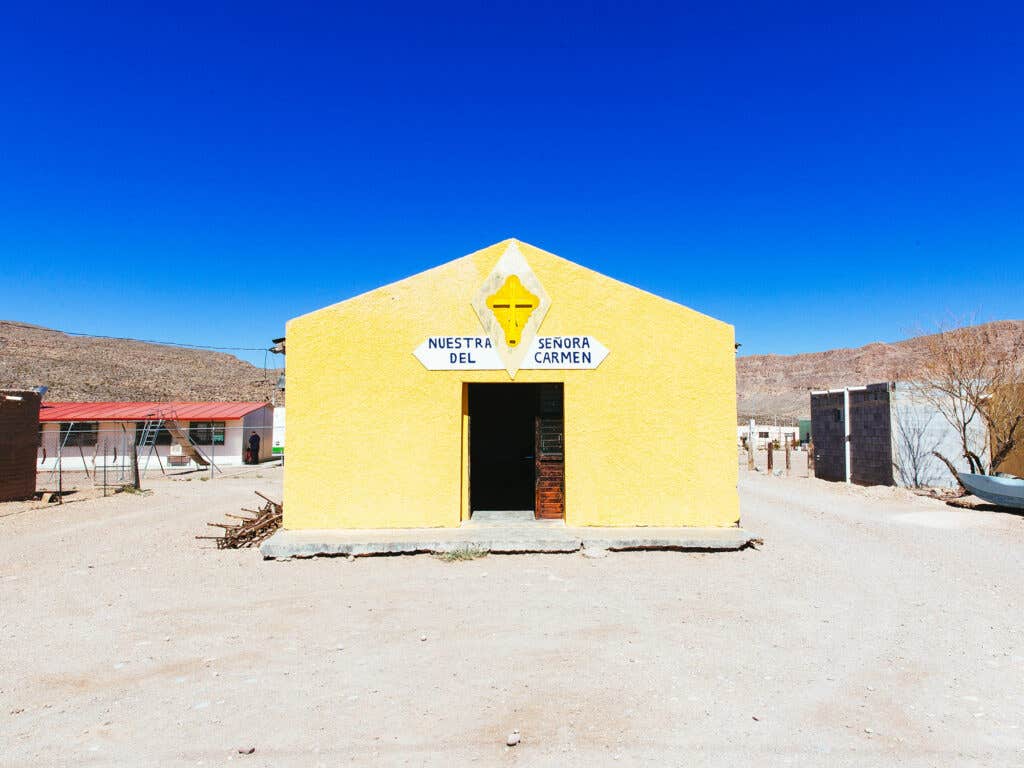
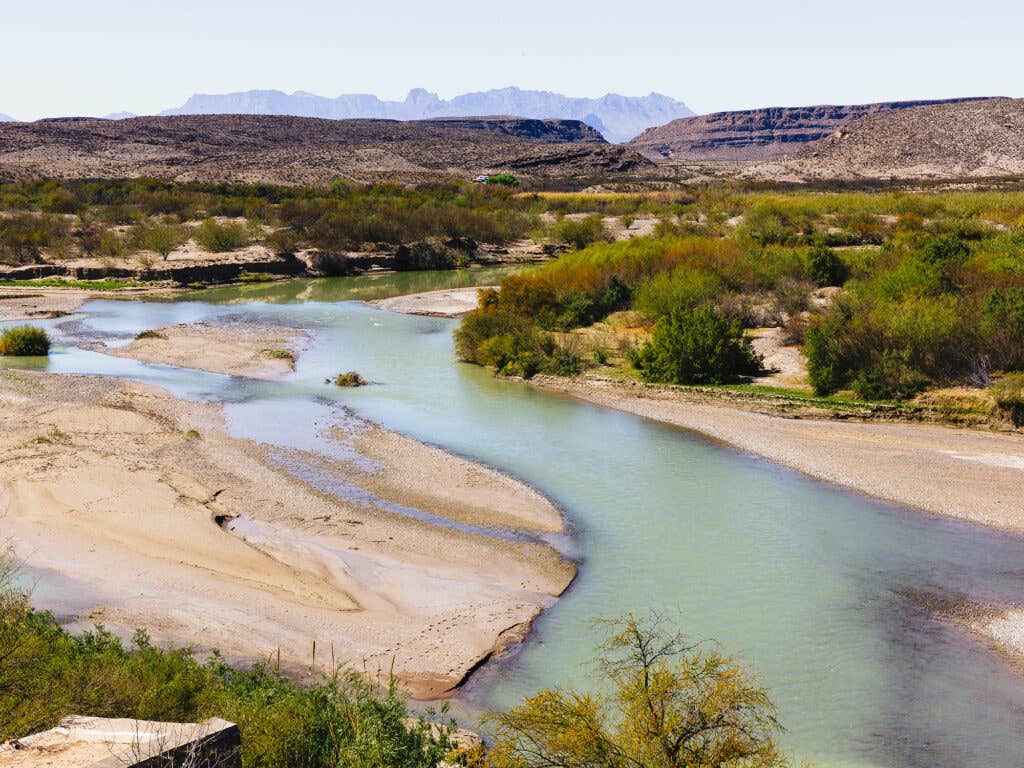
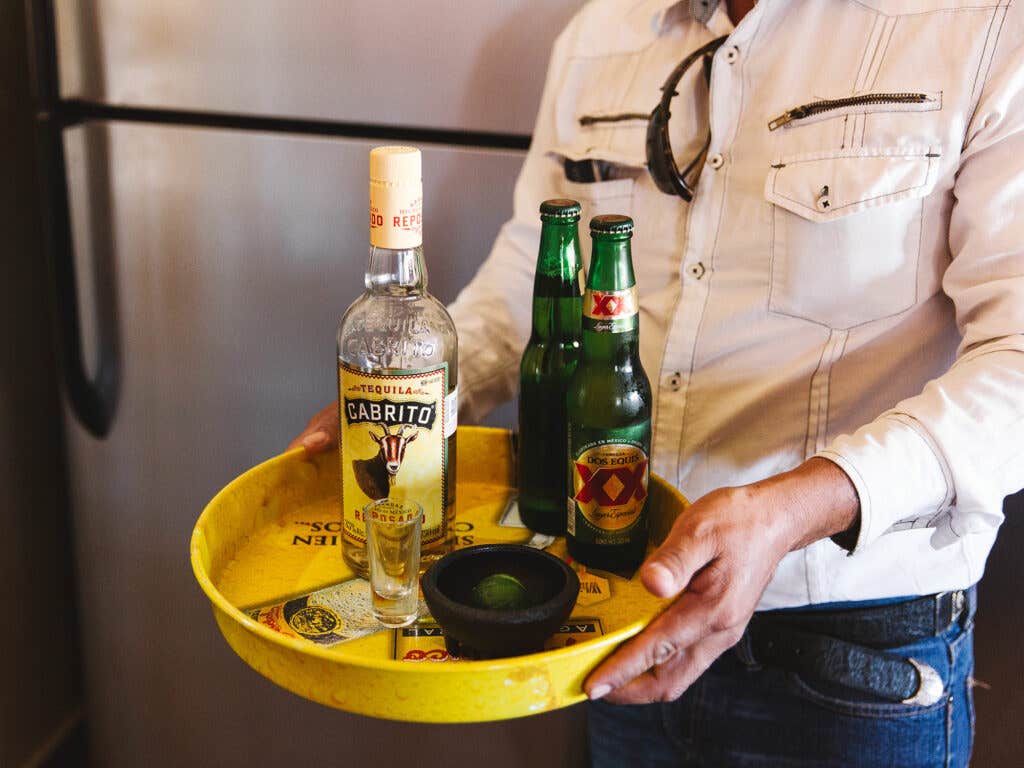
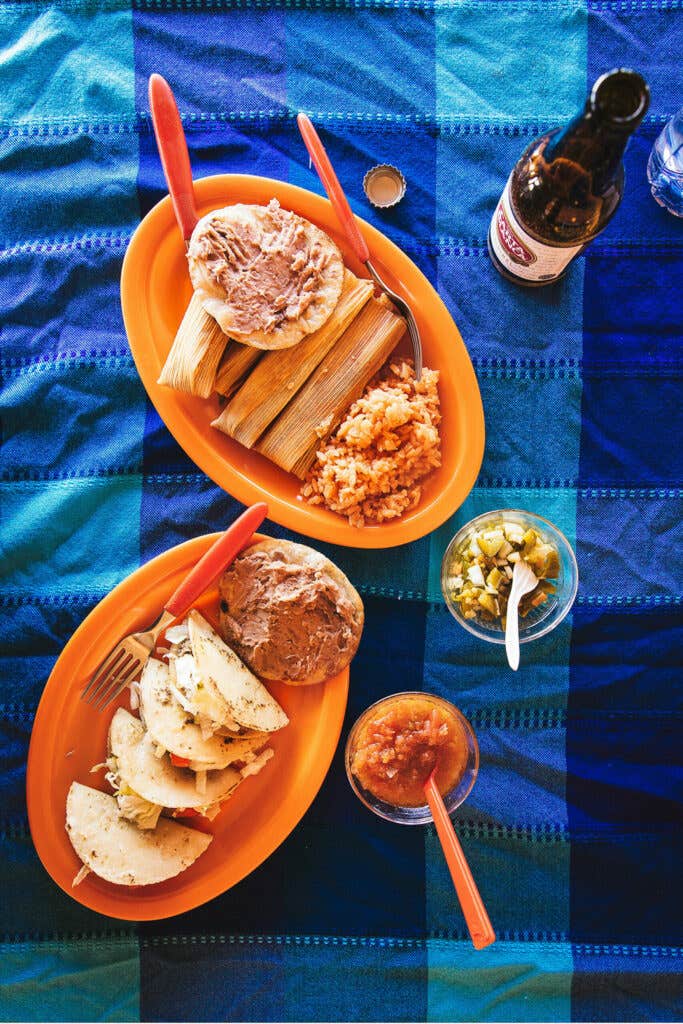
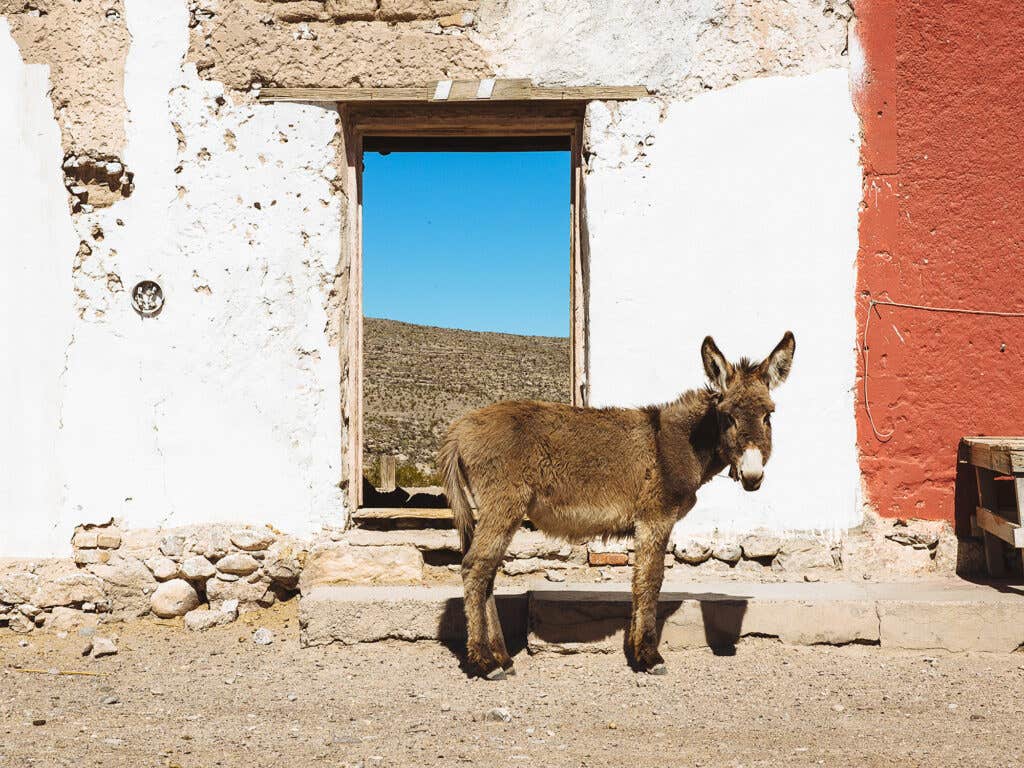
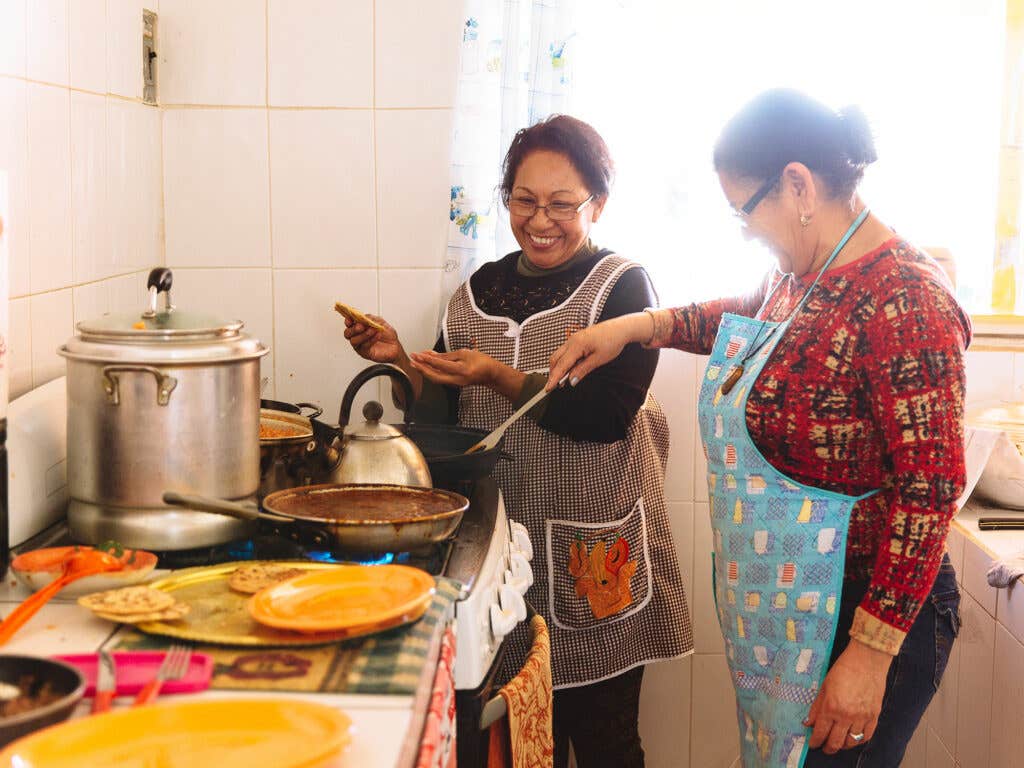
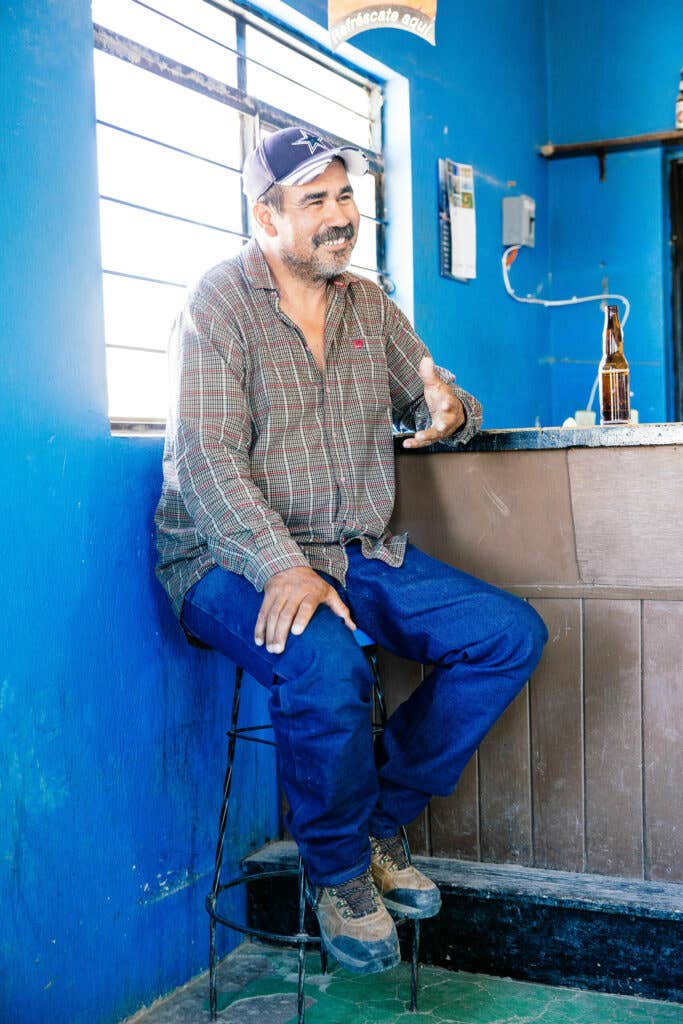
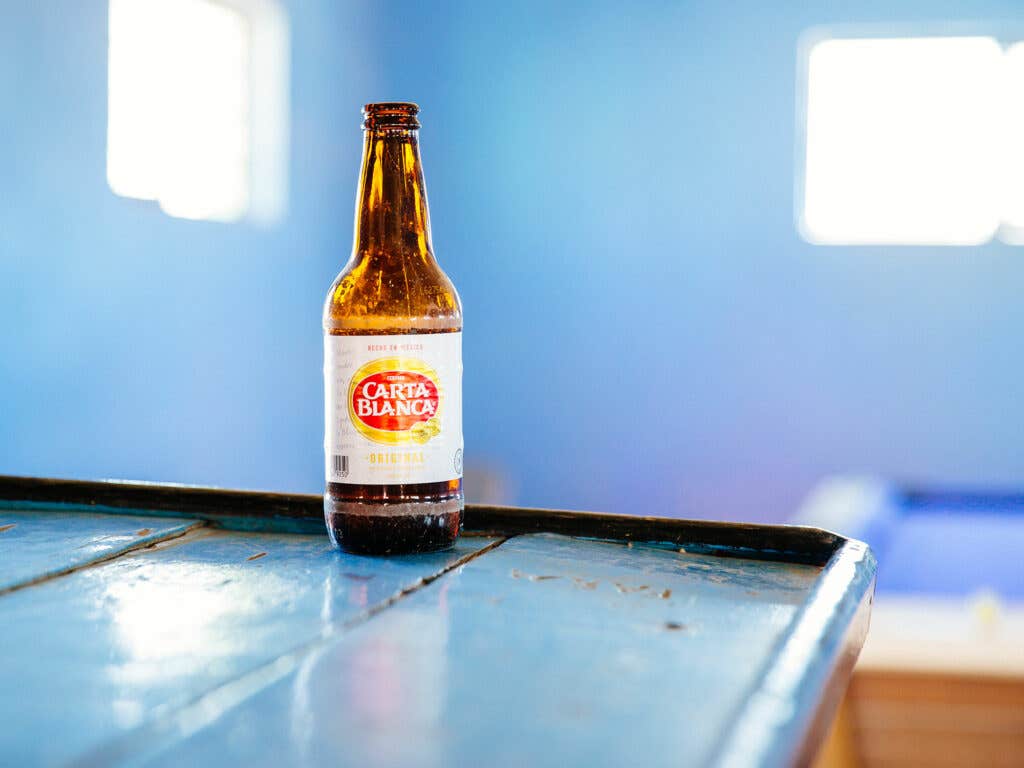
Keep Reading
Continue to Next Story










